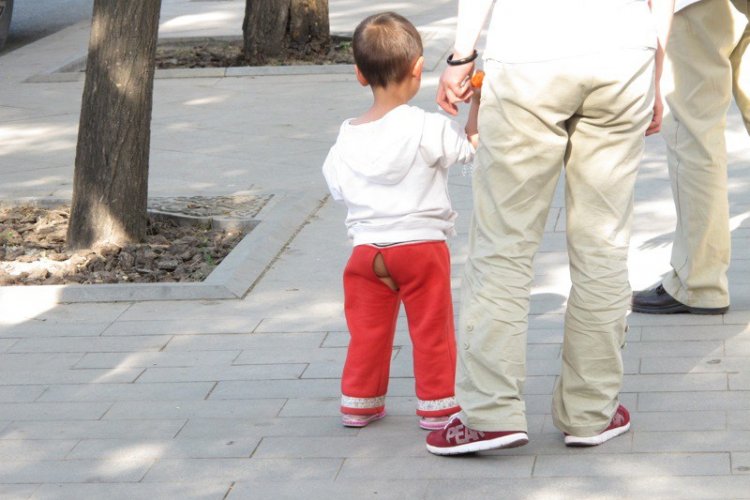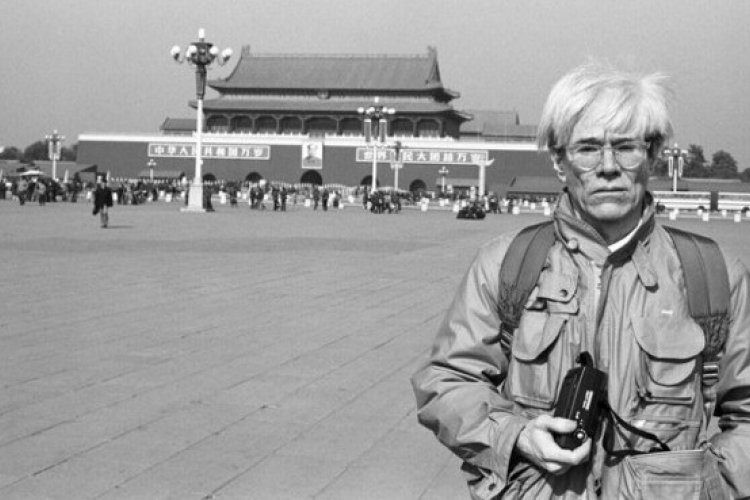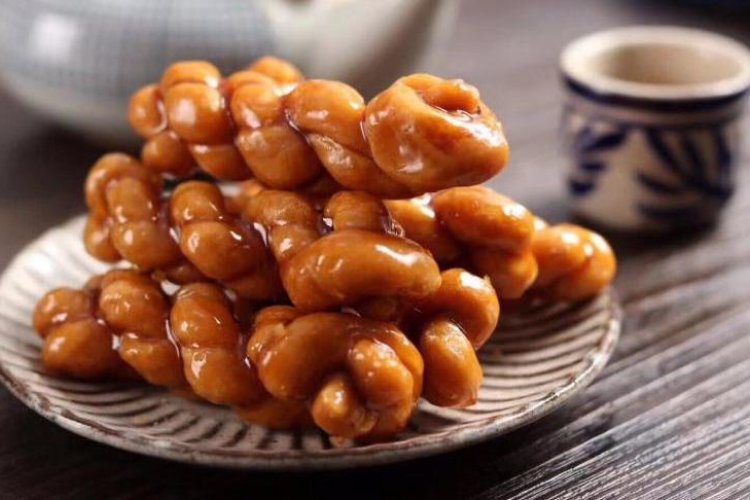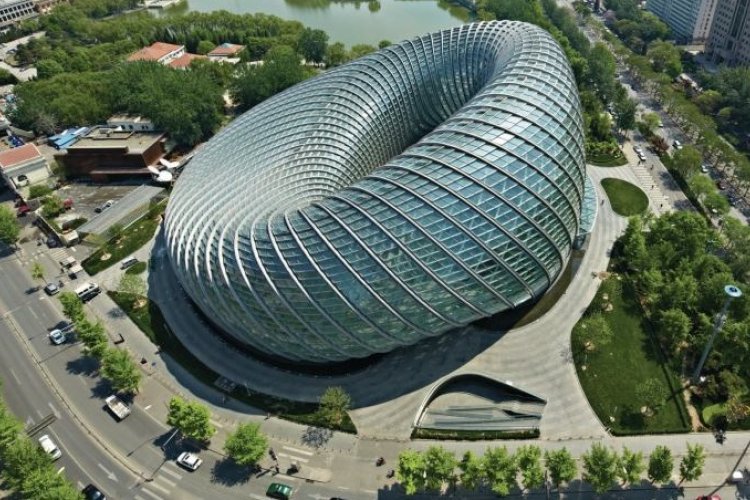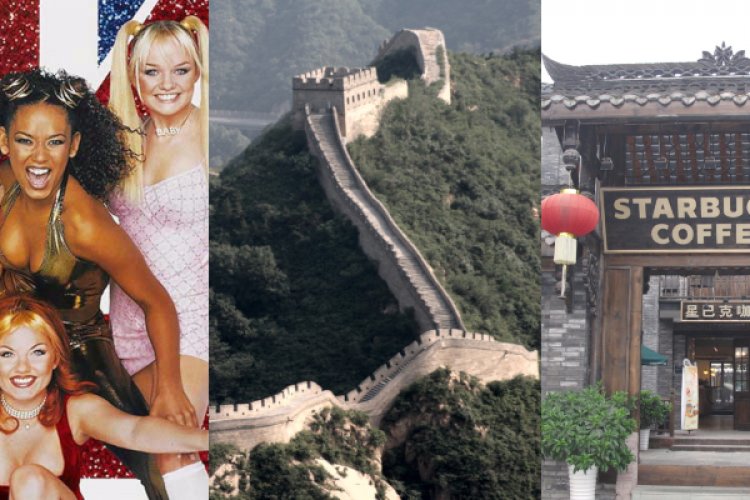Weird Weekend: Beijing Tap Water Museum
Looking for new ways to promote your brand? Find out more about True Run Media's Content Marketing packages. Call 5820 7881 or email sales@truerun.com for more info.
To celebrate International Museum Month we returned to some of Beijing’s more niche museums for a look around. Our team found the aging exhibits just as bizarre and pleasantly surprising as we’d remembered.
Beijing Tap Water Museum 自来水博物馆
Beijing Tap Water Museum has long been a fixture on lists of “weird” Beijing museums. That was one reason I volunteered to make the trip, but in retrospect it seems a disservice to dismiss it simply as an oddity. In a landlocked city facing an increasing risk of water shortage, isn’t there some justification in creating a monument to the challenge of supplying millions of residents with clean, running water?
The Tap Water Museum is on the site of the Beijing City Water Supply Company, which was founded in 1908 just outside the city gate at Dongzhimen. Behind the European architecture of the “intake pavilion,” the first point of contact for water arriving from the Sun River, lies a kind of plumbing graveyard. Trees crowd over the rusting corpses of water pipes and penstocks which look like metallic pasta shells of varying shapes and size. A few meters away, stone bridges cross a small pond, containing not a drop of water.
Housed in the old steam engine room, the main exhibition combines social history, feats of engineering and an unwanted dose of lifeless propaganda. Fortunately, the latter is easy to spot – bypass any color posters of people in lab coats holding up test tubes for inspection. Ironically, if unsurprisingly, the museum’s treatment of its subject is rather dry.
There are chops and certificates from the Water Supply Company’s formative years, which coincided with the final evaporation of the Qing’s fortunes. Electrical appliances from the 1970s and 1980s are an amusing distraction, and did you know the Chinese flag hoisted at the declaration of the People’s Republic on October 1,1949 was made by employees of the Water Supply Company? For all the interesting points, though, there are many dud exhibits: photos of officials inspecting pipes, “vintage” water meters, and information on water purification would bore even the most dedicated hydrologist.
Photos from the post-1949 era and exhibits like the public water station, where “tap keepers” collected coupons in exchange for rationed portions of water, are a reminder that Beijingers have never been able to take their water for granted. And they still can’t. As Beijing faces the challenge of maintaining water resources for citizens of the future, the Tap Water Museum might just serve a purpose. But I confess: I did smirk at the sign recounting the installation of “pubic taps” throughout Beijing’s streets in the early 20th century.
Beijing Tap Water Museum 自来水博物馆
Wed-Sun 9am-4pm. RMB 5, RMB 2 (students). 6A Dongzhimenwai Beidajie, Dongcheng District (6465 0787). 东直门外北大街甲6号(东直门外侨往北200米清水苑内)
A version of this article appears in the September 2013 issue of the Beijinger
Photos: Iain Shaw

